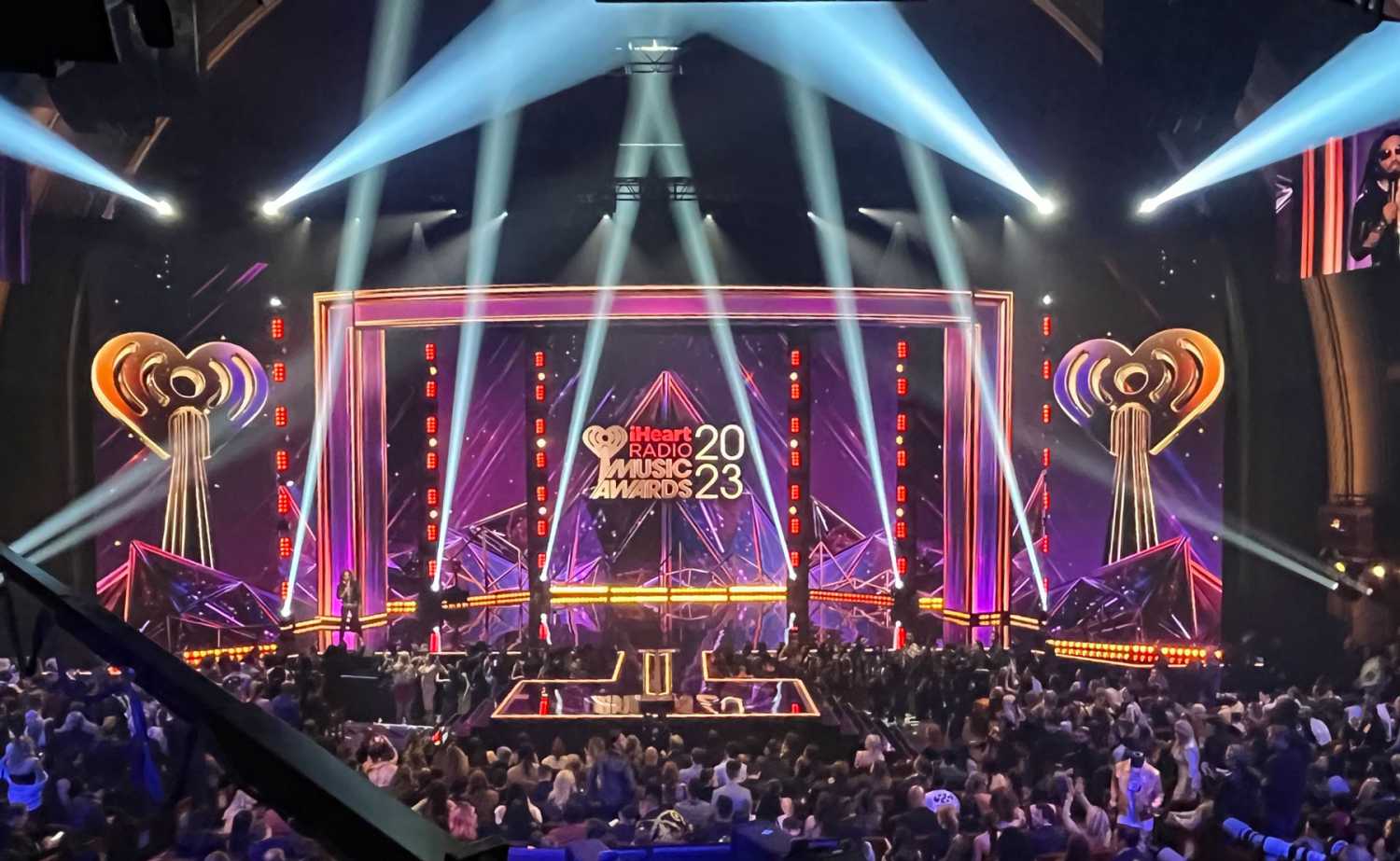Chauvet helps art shine at iHeartRadio Awards
- Details

Marked by dazzling pixel effects, bold aerials, and rich, immersive washes, the programme’s lighting pulled millions of television viewers, as well as those in the live audience, into the mood of the music. This began with the work of lighting designer Allen Branton, a master at creating rigs that convey a concert vibe on the TV screen.
“Allen is a great designer, editor, and collaborator,” said Peralta. “Early in the design phase, we had a series of discussions on the philosophical approach we wanted to take with his design. After that, we had regular meetings to go over the plot, and confirm that everyone was happy with fixtures placements and such. His vast experience is always priceless throughout the process.”
As one of the lighting directors and programmers for the event Peralta and the rest of the lighting team turned Branton’s vision into a versatile lightshow that reflected the styles and personalities of a wide range of artists. The nationally televised and globally streamed programme featured an array of acts, beginning with Icon Award recipient Pink opening the programme with an acrobatic performance of her hit Trustfall, followed by Keith Urban’s Las Vegas show-inspired appearance, as well as music from host Lenny Kravitz, Kelly Clarkston, Pat Benatar, Neil Giraldo and Latto.
Branton, Peralta and the rest of the design team had to ensure that the lighting translated well onto television, while also keeping things looking good for the large VIP audience. The 42 Chauvet Professional Color STRIKE M fixtures in the rig, which like the rest of the lighting was supplied and installed by 4Wall Entertainment, played a key role in helping them accomplish this goal.
“In my work, I tend to treat the Color STRIKE M as three separate fixtures: a full face strobe, a 14- Pixel CMY light, and 28-Beam Pixel light,” he said. “We’re able to create a lot of looks with these. They provide us with heavy handed looks at times, and delicate looks at other times.
“We relied very heavily on the Color STRIKE Ms to serve as a ‘scenic lighting’ element,” continued Peralta. “They were positioned on six vertical towers that wrapped around the stage. This helped us anchor the production design by giving it a strong shape that photographed very well on camera.”
Lighting for the camera was the top priority for the lighting team. “We’re lighting the show for multi-cameras and have to ensure that all angles are properly covered,” said Peralta. “The main difference in the viewing experience is actually not that apparent to the live and TV audiences. The energy-level of the visuals is similar for both audiences. At times, it may feel a little B-Flat to the live viewer, because we’ll have to apply broader strokes of nuance for the broadcast. The ultimate goal is to achieve a great balance for both experiences.”
Contributing to these balanced looks, in addition to the Color STRIKE M units, were 36 Rogue R1 BeamWashes, which were positioned on the venue’s balcony rails and opera boxes, 18 Rogue R2X Washes, arranged on the same vertical towers as the motorised strobes, and 36 COLORdash Accent 3 fixtures.
Speaking of the latter, Peralta noted: “The Accent 3s are small fixtures, but they make a big contribution to the design. They helped us define the three layers of balcony rails at the Dolby Theater. They’re a great tool to use for defining spaces in broadcast events because of their punch to size ratio, they make it easy to fill an area and give it life.”
















